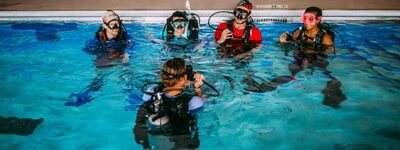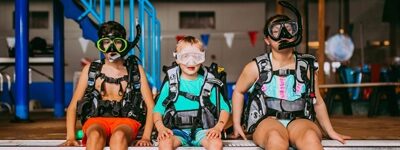
While learning to swim with formal swim lessons is one of the most important ways to reduce the risk of drowning, there are many things to be mindful of when it comes to being safe in and around the water.
Hear from our passionate and highly-trained swim teachers as they spread awareness about water safety.

Why is adult supervision the number one water safety rule for kids?

Miss Margaret
Colorado Springs, CO
“While it is safer to swim where lifeguards are present, lifeguards should be considered a second set of eyes. Ultimately, parents are responsible for their children’s safety and should reinforce safety rules to their children.”

Mr. Peter
Omaha, NE
Supervision = Prevention
“Having a set of adult eyes on children in or near the water at all times is the best way to prevent a water-related accident.”

Mr. Garret
Omaha, NE
“Kids often overestimate their ability to swim so having an adult who can quickly help is vital.”
In addition to supervision, what are 3 water safety rules every parent should know?
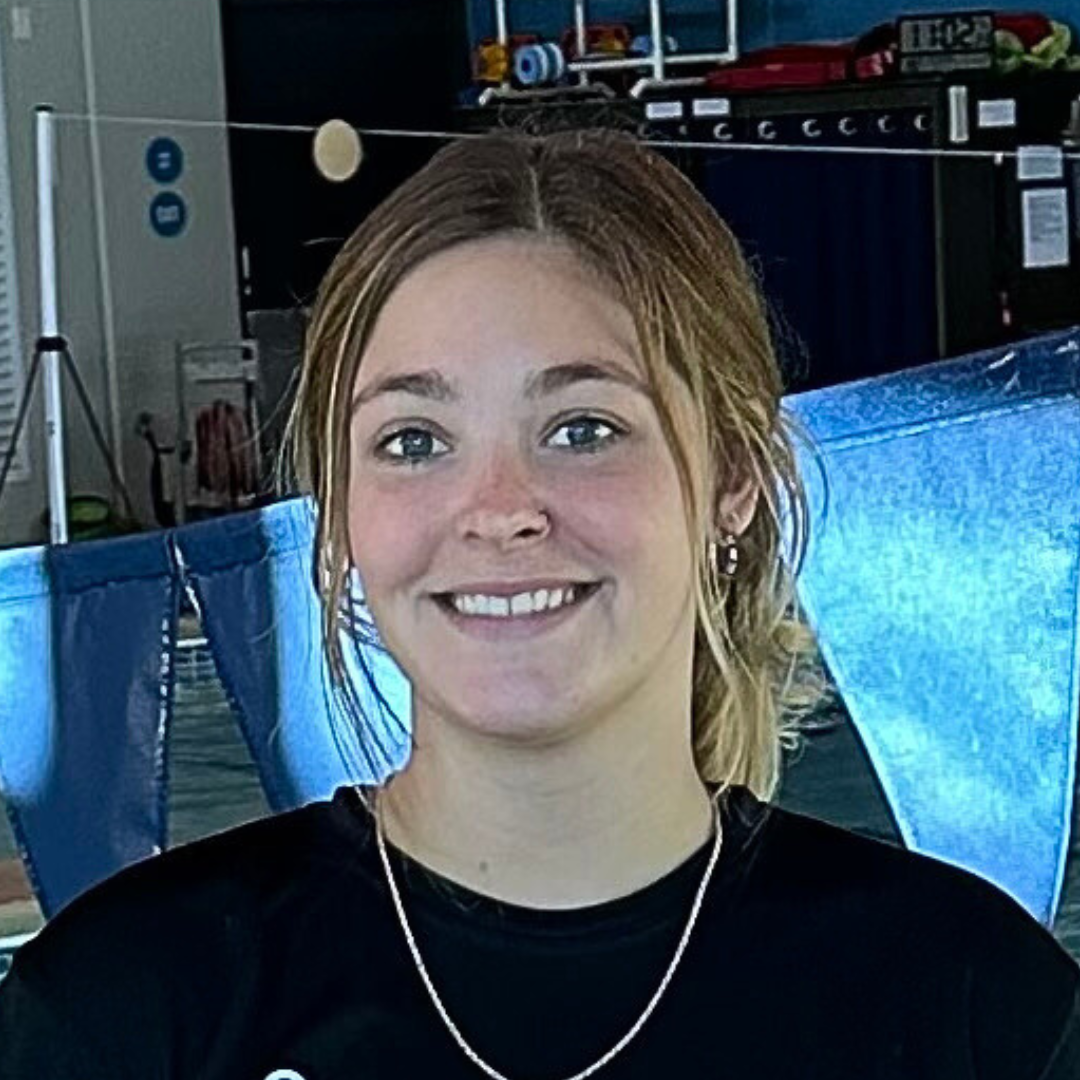
Miss Rinette
Springfield, MO
“Teach your children that it’s okay to take breaks from the deep end when they are tired. You don’t want kids to run out of breath or energy when they can’t touch the bottom.”
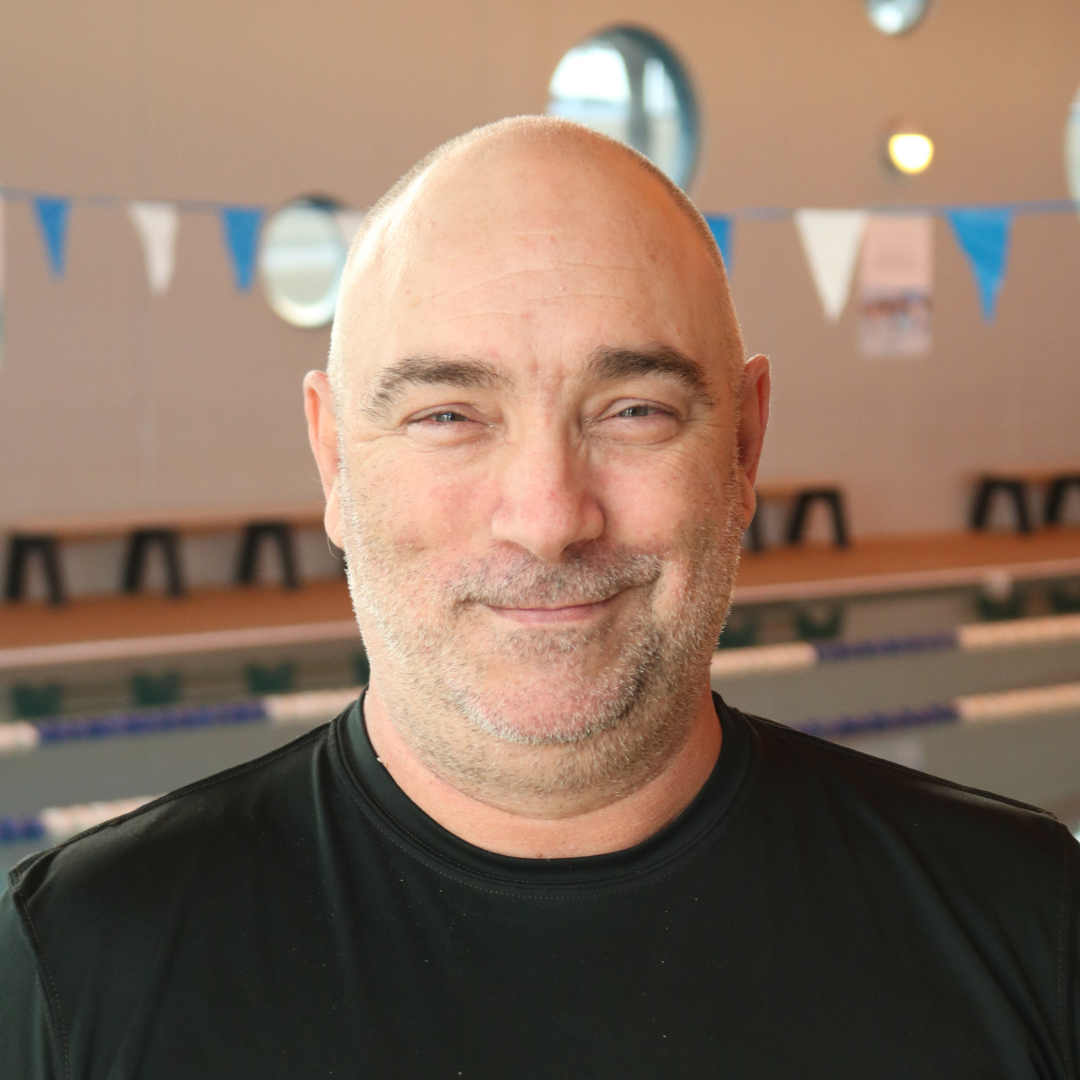
Mr. Scotty
Omaha, NE
“Always know how many swimmers you are responsible for and do frequent headcounts.”
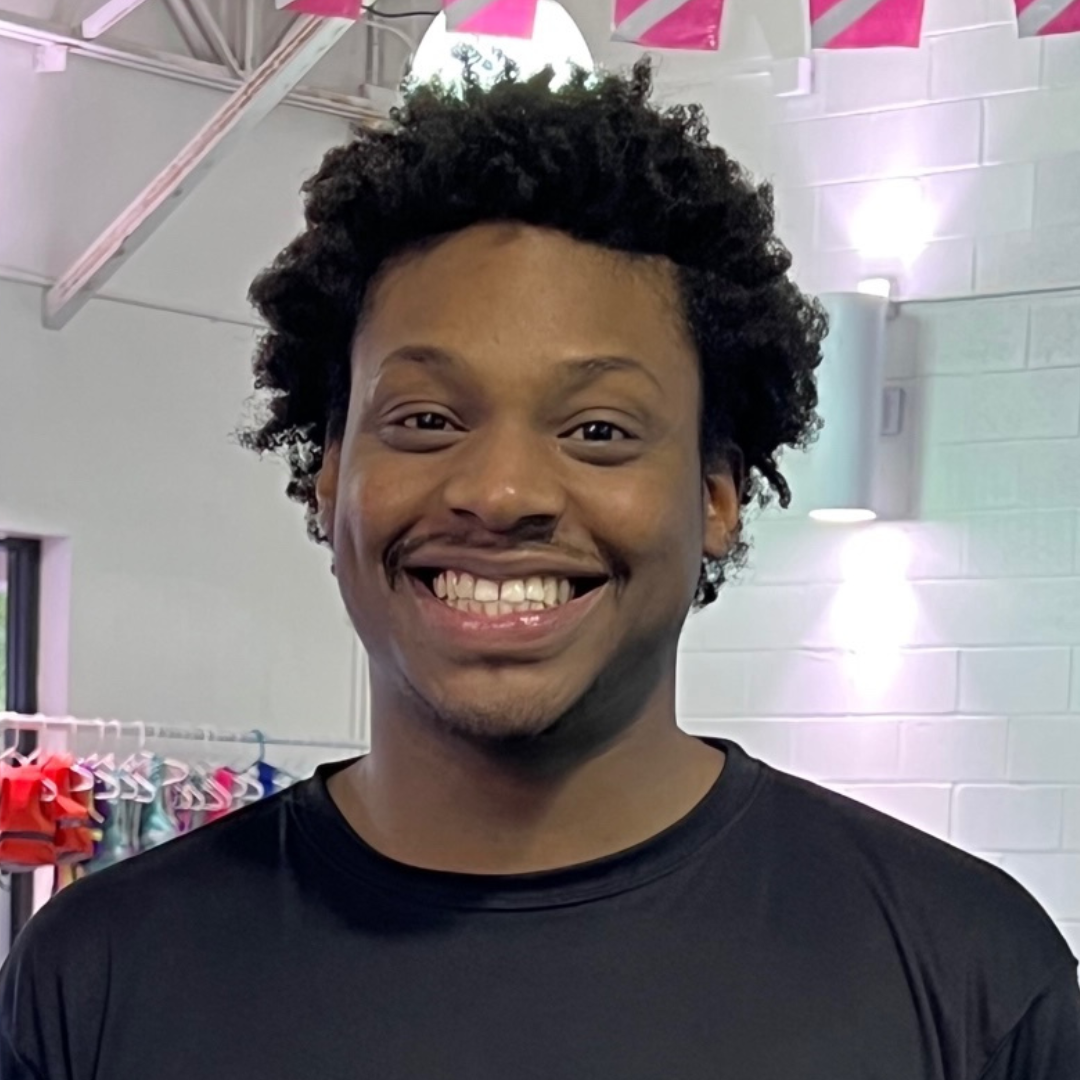
Mr. Damani
Alpharetta, GA
“Always stay in the same premises as your child whenever they are in or near water. If they aren’t strong swimmers, join them in the water and stay no more than an arm’s reach away.”
What water safety rules are often forgotten or overlooked?
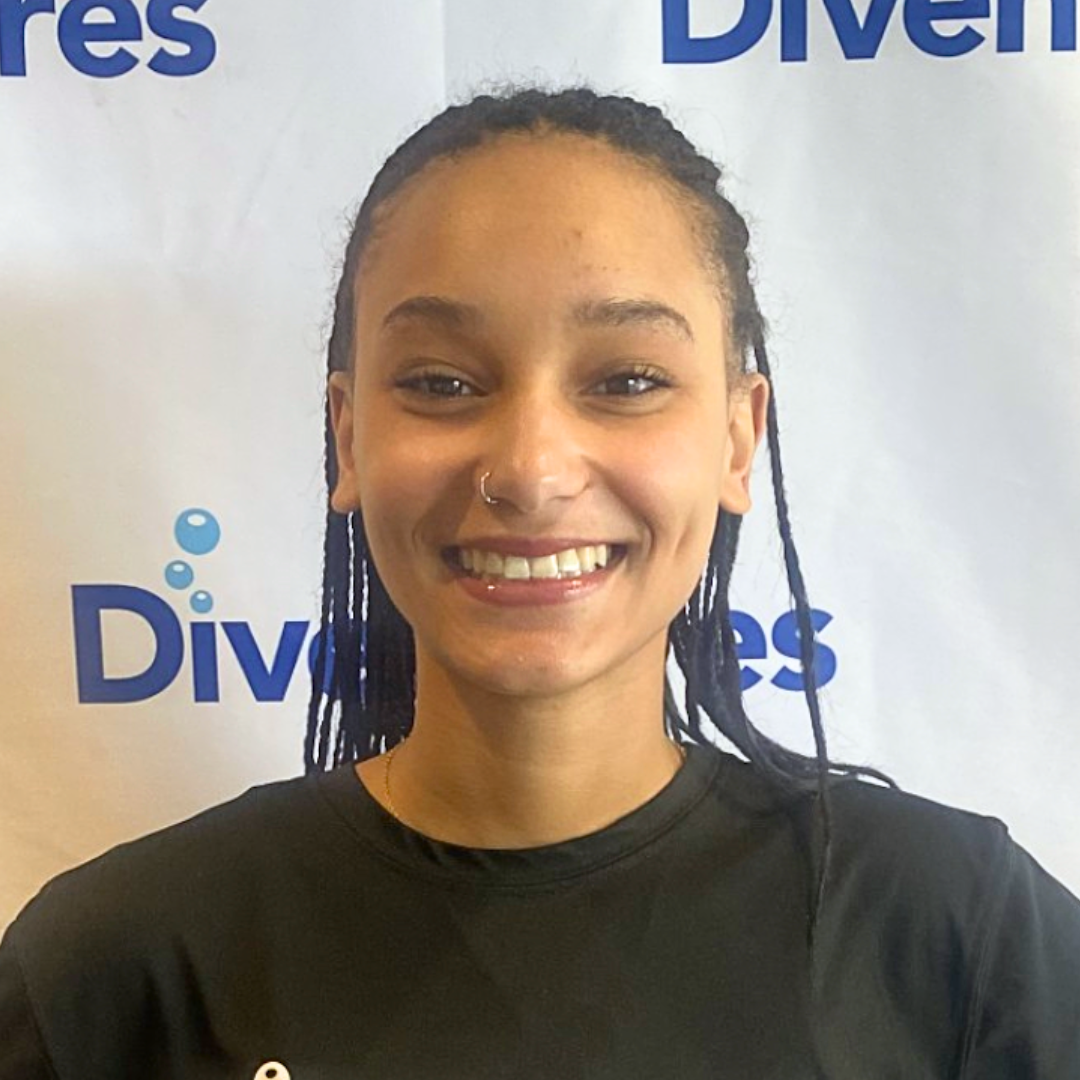
Miss Jazzy
North Liberty, IA
“No breath-holding competitions.
This can potentially result in a swimmer passing out in the water.”

Miss Connor
Alpharetta, GA
“Look before you leap!
Teach kids to evaluate their surroundings before they jump into the water.”
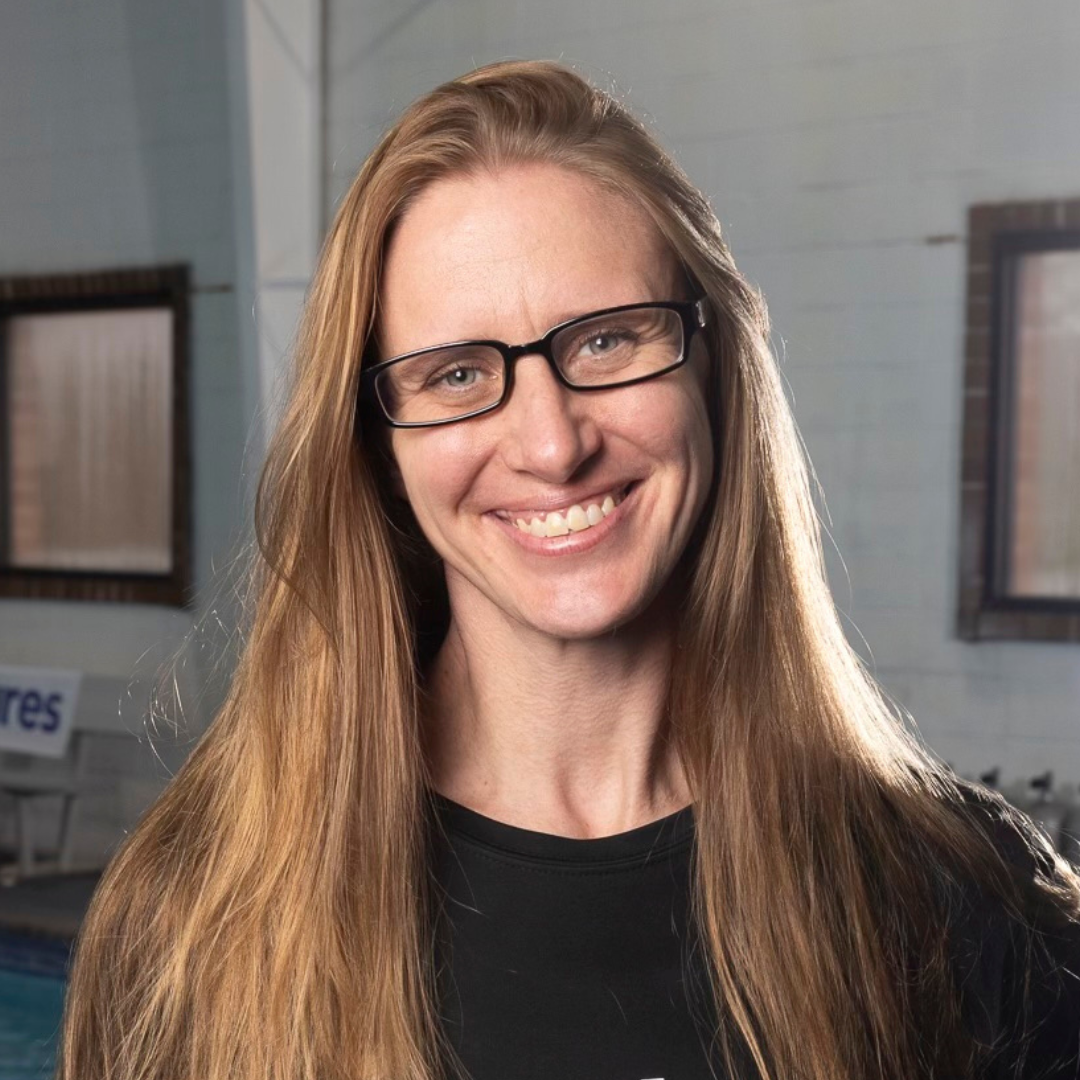
Miss Lisa
Memphis, TN
“Don’t hang on other swimmers.
Teach children the dangers of hanging on other swimmers, especially if you have multiple children. It can be easy for young swimmers to want to hang on their older siblings, but this puts both swimmers at risk of drowning.”
How can parents teach their kids water safety rules at home?
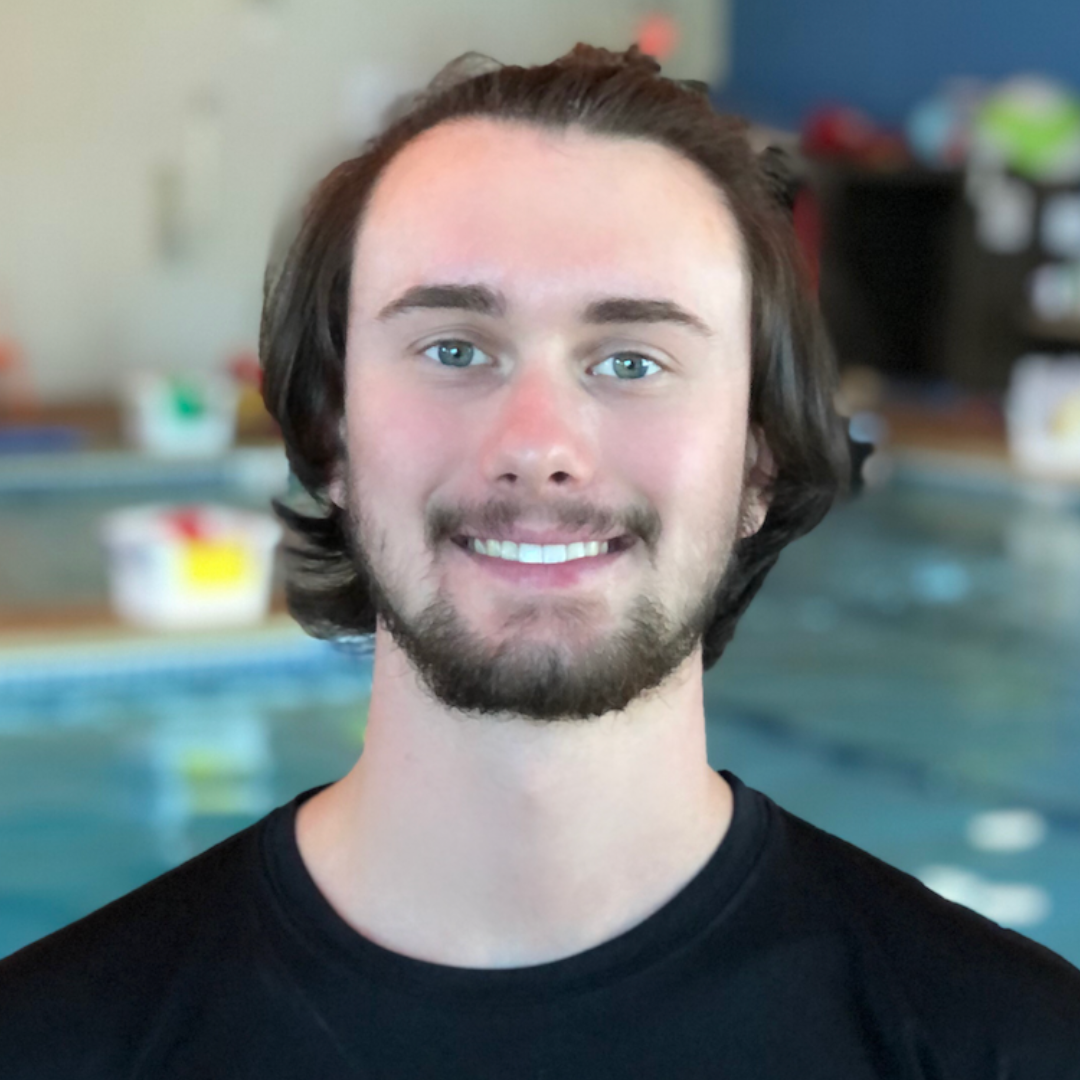
Mr. Colby
Springfield, GA
“Practice pool ledge safety at home, with or without a pool. To practice without a pool, have your kids sit on the couch and practice safe water entries like they do during lessons.”

Miss Lauryn
Omaha, NE
“Practice during bathtime! Encourage your kids to blow bubbles in the water. You can also gently pour water on their heads to get them used to the feeling of water on their faces.”

Mr. Myles
Alpharetta, GA
“Show water safety videos to your kids at home. The American Red Cross even offers free water safety training for parents and caregivers.”
What tips do you have for fostering water safety at large group gatherings near the water?

Miss Lisa
Memphis, TN
“Select a “water watcher” to keep a close eye on swimmers and rotate shifts with other responsible adults.
Also, conduct frequent head counts of all swimmers, even adults.”

Mr. Nick
Alpharetta, GA
“Limit alcohol consumption when near the water. Alcohol can make people more accident-prone and less aware of danger.”

Miss Chloe
North Liberty, IA
“Conduct safety briefings with guests, including children, to announce where emergency equipment is located if needed.
This is also when the group should discuss the swim skills of all the children present.”
As we celebrate Water Safety Month, it is important to remember that the best way to prevent childhood drownings is for children to learn to swim as soon as possible. To learn more about the life-saving swim skills we teach our students, visit our blog.
Experience top-tier swim lessons for kids at Diventures! With our expert-led lessons available in numerous locations nationwide, your child can dive into a world of water safety and confidence. Sign up for swim lessons today at a Diventures location near you to make a splash in their aquatic journey!

